
With summer fast approaching and bass across the country beginning to head offshore for their postspawn retreats, we asked Wheeler questions about five lures for fishing offshore structure in the summer. The first thing Wheeler addressed is the order in which these five lures should be thrown is critical.
âWhen first approaching an offshore spot or school, I want to target the biggest bass in the school first,â Wheeler reveals. âFor that reason, I start my lure rotation with the loudest, most aggressive actions and progress down towards more subtle actions.â
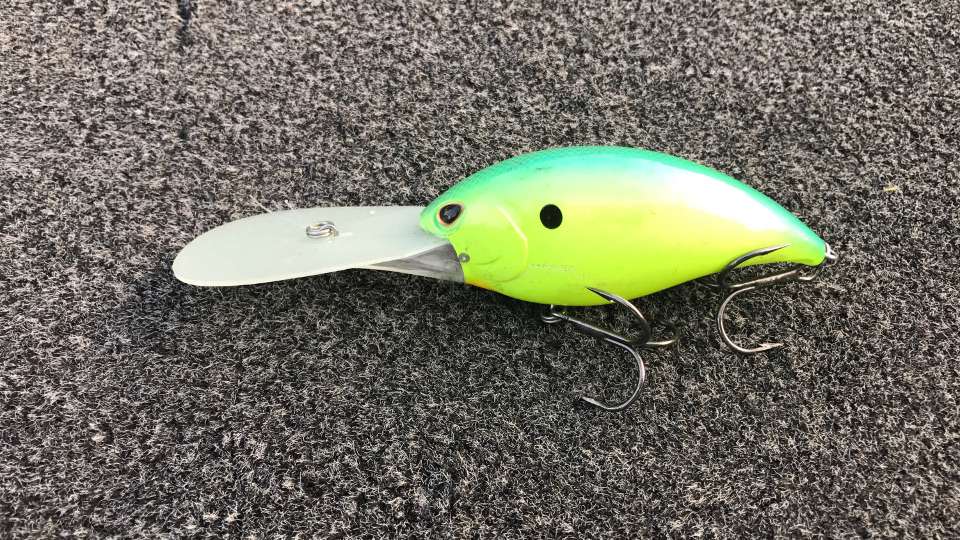
âThe Arashi Deep 25 is a fast-diving, aggressive plug with a lot of sound and vibration,â Wheeler detailed. âThe idea is to try to annoy those big ones with something that will really irritate them and pushes their buttons. The Arashi is rowdy, and they clobber that thing with a fury.â
Wheeler throws the Arashi Deep 25 on 14- or 17-pound test Suffix fluorocarbon, going with the 14-pound when wanting to get the max depth out of the bait and opting for 17-pound test when fishing offshore ledges and humps shallower than 20 feet. His color choices include black silver shad, hot blue shad or green gold shad.
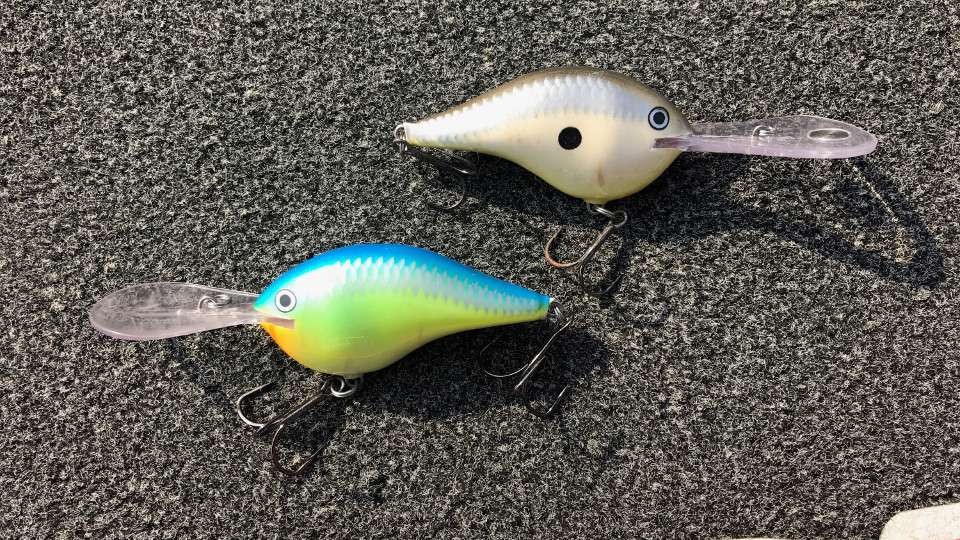
âThe deep-running DTs like the 16 or the 20 are more subtle in their action,â Wheeler offered. âTo me theyâre the only deep divers that offer a sort of finesse cranking at those depths. DTs have a tight, subdued wiggle; sometimes something softer and quieter like that is what it takes to get them to respond.â
As for colors, Wheeler likes the live river shad and Helsinki shad for clearer waters and something like parrot or Ikeâs Caribbean shad when the water is dingy, stained or there is a lot of current. Wheelerâs line choice for the deep-running DTs is 12-pound test fluorocarbon.
âThe DT-16 will run 17 to 18 feet on 12-pound test,â Wheeler added. âSo if Iâm trying to hit deeper than that, Iâll go with the DT-20.â
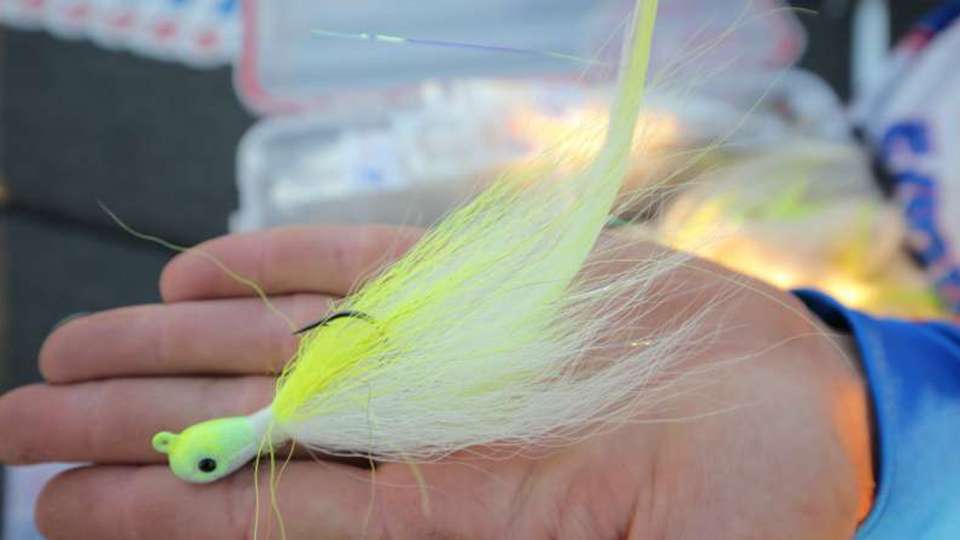
âWithout a doubt, the hair jig is a great offshore bait for big postspawn bass, especially when theyâre relating to the bottom on humps and ledges,â Wheeler said. âThe perfect match is a 1/2-ounce hair jig on 12-pound test fluorocarbon. The fall rate of that combo is perfect. Sometimes, though, Iâll go up to 14-pound test, for a little more security, and match it with a 5/8-ounce jig; itâs a heavier line, but also a heavier weight, to still give it the right fall.â
A hair jig was a key component to Wheelerâs offshore win at Lake Chickamauga during BASSfest. Wheeler adds that the key retrieve for the hair jig is to hold the rod tip up, let the bait go to the bottom, quickly crank the reel two or three times and let the jig fall back to the bottom on slack line then repeat.
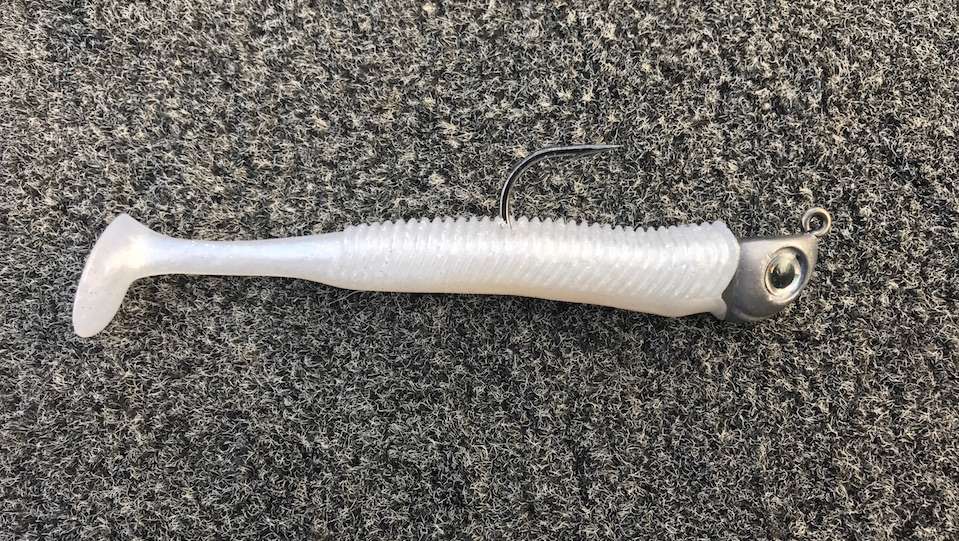
âIâm always open to doing something just a little bit different with the lures I throw,â Wheeler explained. âSo when it comes to swimbaits, lately Iâve been putting them on a 3/4-ounce VMC Boxer head.â
Wheelerâs play is to go mid-column with a swimbait for fish that might be suspended out over the structure. Wheelerâs favorite swimbait setup currently is a 4.5-inch Storm 360GT Searchbait swimbait rigged on the Boxer head, fished on 14-pound test fluorocarbon.
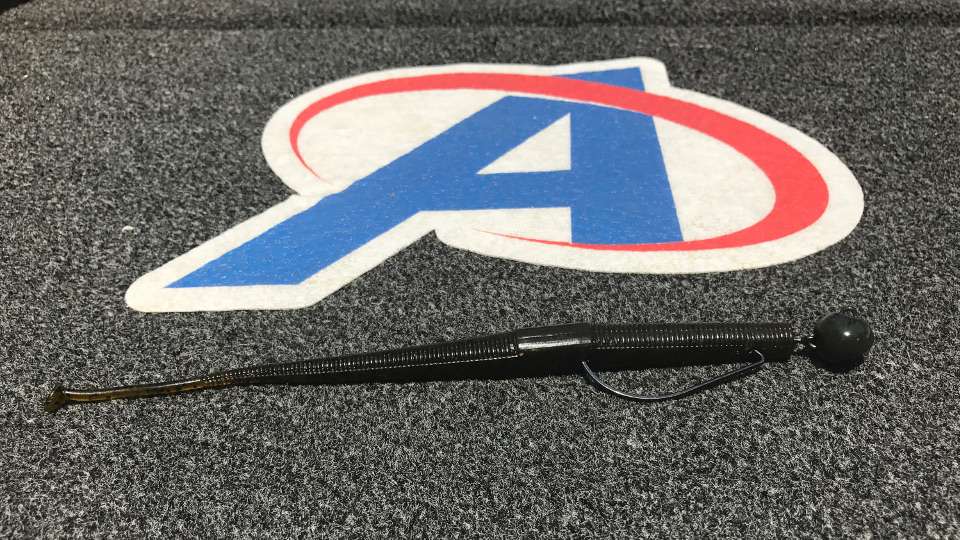
Wheelerâs has his âclean-upâ bait for offshore structure in the summer; it is basically a super-sized shaky head made from a 1/2- or 3/4-ounce VMC Rugby Head paired with an 8-inch Gene Larew Tattletail worm. He varies between a 14-pound and 17-pound test Suffix fluorocarbon, depending on cover.
âThe last thing Iâll do is drag this rig around on the bottom just to see if something really natural and subtle will trick them,â he added. âSometimes Iâll throw the other four lures and not get a bite on them, bomb this out there and get a bite that fires up the whole school.
âAnd hereâs a little trick,â Wheeler adds. âWhen that happens â Iâll start back at the top with the Arashi Deep to see if I can catch a big one while theyâre fired up. Then Iâll work my way back down through all my favorites again.â
